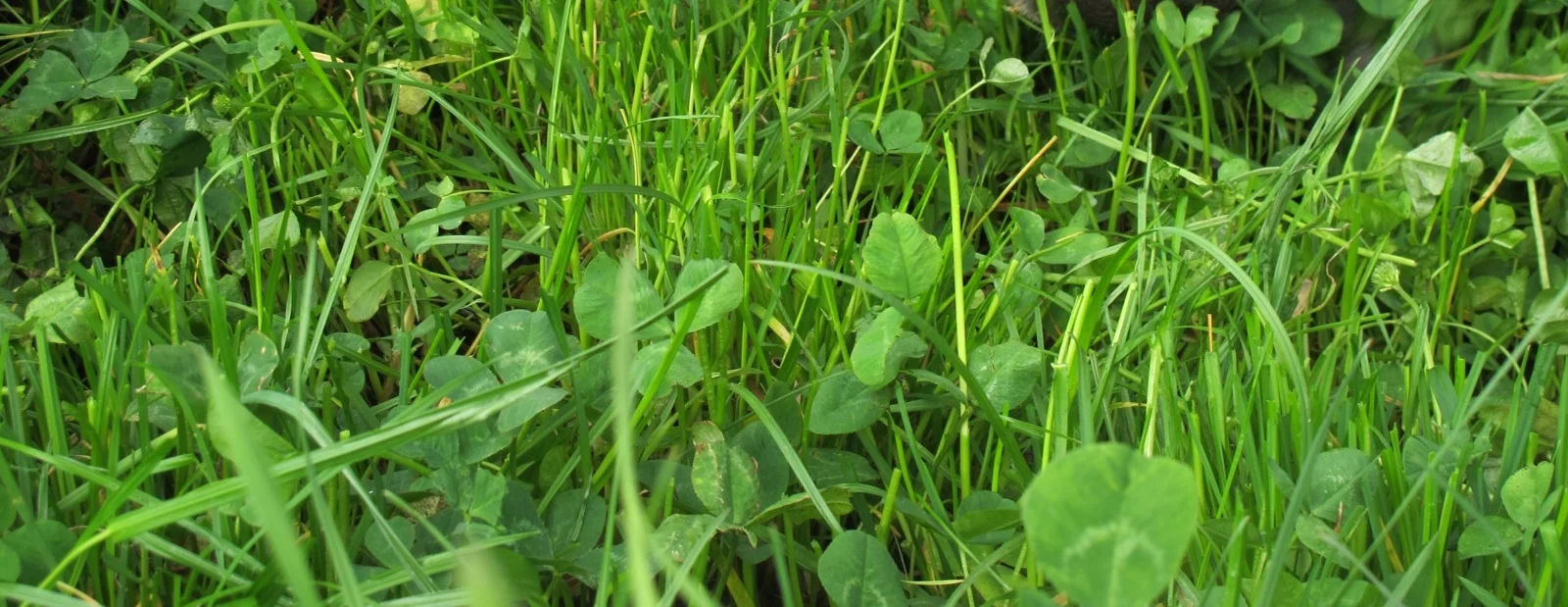Catalyst has created two episodes exploring what happens to your health when you transform the bacteria living in your gut. Also more on the latest research from universities from around the world.
Consumer Funded Study: Does raw milk cheese prevent osteoporosis?
Milk builds strong bones, but raw dairy may also prevent bone loss (osteoporosis). This 100% consumer funded study by Johns Hopkins University wants to look at raw cheese and its effect on osteoporosis.
Protective Components in Tasmanian devil milk fight superbugs
Researchers believe the milk of the Tasmanian devil can hold the key to fighting drug-resistant bacteria. This milk builds a strong immune system that protects the joeys from infection and pathogens.
Melbourne is food allergies capital of the world?
... and Victoria is the state with the most draconian anti-raw milk regulation? It is also the state crying out the most for access to raw cow's milk for human consumption. And it is the state where dairy farmers are most in debt and despair due to the dairy crisis!
Research project: Not for human consumption: The Risky Business of Raw Milk
Penny Wilson is a PhD student at ANU in Canberra looking at raw milk in Australia. She is interviewing people who drink it, who have drunk it and those who are or were producing raw milk. She's currently interviewing producers and drinkers in the region around Canberra and the surrounding NSW districts...
Survey: Food handling practices of Australian raw cow's milk drinkers
An investigation into the food handling practices of raw cow's milk drinkers
Roselyn Leclair is a PhD student researcher at Swinburne University of Technology in Hawthorn, Victoria. Her project is titled, ‘An investigation into the food handling practices of raw milk drinkers’ and aims to develop an understanding of how consumer food handling practices impact on the microbial quality of raw milk.
Microphotography of Raw & Processed Milk
The following information was taken from a study into the microphotography of Raw and Processed Milk. The purpose of the pilot study was to examine the whole milk - raw and processed - to look for any differences in its colloidal structure that can be seen using an optical microscope...


